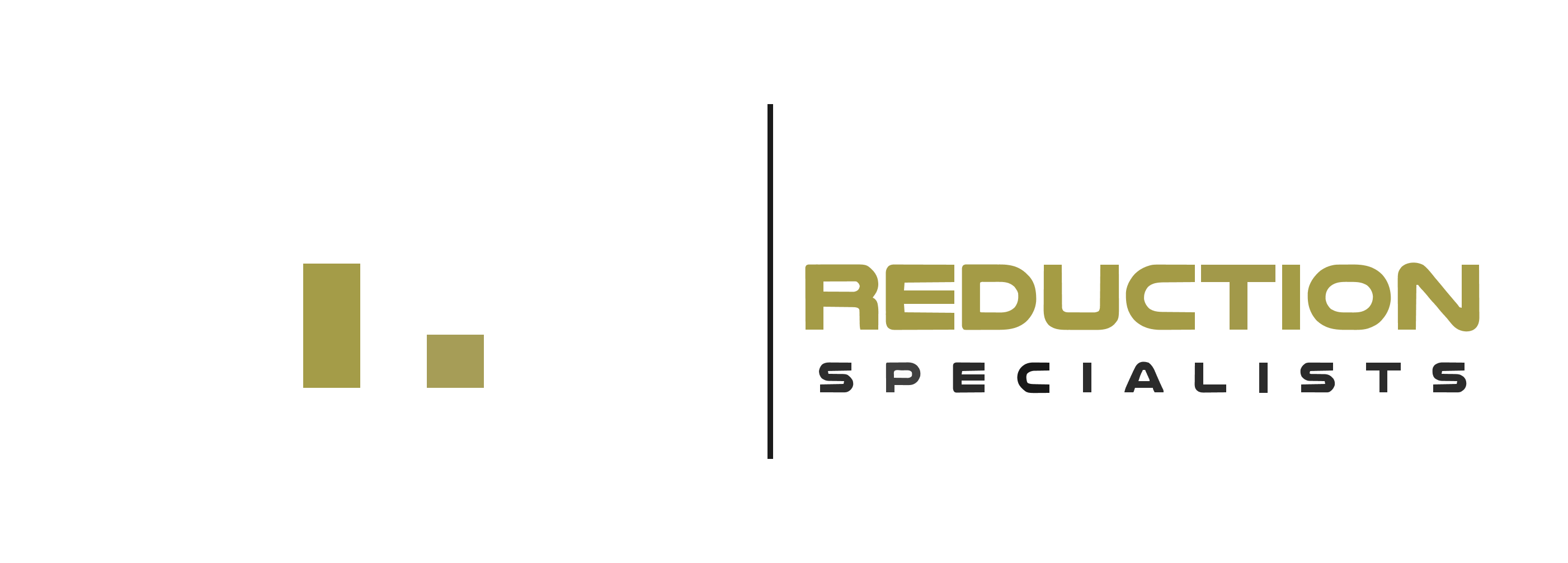10 Smart Income Deferral Strategies to Reduce Your Tax Burden [Expert Tips]
Looking to keep more money in your pocket this tax season? Smart income deferral strategies are the key to reducing your tax burden effectively. The best way to minimize your tax liability is through strategic income deferral techniques that legally postpone your taxable income to future periods. Whether you’re a business owner, employee, or investor, implementing the right tax deferral methods can significantly impact your bottom line. In this comprehensive guide, we’ll walk you through 10 expert-approved strategies that can help you optimize your tax position. From maximizing retirement contributions to strategic timing of income recognition, these proven techniques will empower you to take control of your tax planning. Ready to discover how you can legally reduce your tax burden while building long-term wealth? Let’s dive into these game-changing strategies that successful taxpayers use to their advantage.
Key Takeaways:
- – Strategic income deferral can help shift your taxable income to future periods when you might be in a lower tax bracket, potentially reducing your overall tax liability.
- – Maximizing contributions to tax-deferred accounts like traditional IRAs and retirement plans serves as a primary technique for reducing current year tax burden.
- – Tax-loss harvesting and timing of capital gains can significantly impact your tax position, especially for investments in mutual funds and real estate.
- – Business owners have additional opportunities through income smoothing and strategic timing of year-end bonuses to manage their tax obligations effectively.
- – Municipal bonds and tax-free interest payments provide opportunities for high-income earners to generate tax-advantaged income.
Understanding Income Deferral for Tax Planning
Income deferral is a strategic approach to managing your tax liability by postponing the receipt of income to a future tax year. This powerful tax planning tool can help you maintain better control over your tax obligations while potentially reducing your overall tax burden.
How Income Deferral Works
When you defer income, you’re essentially pushing your earnings into the next tax period. This strategy can be particularly beneficial if you expect to be in a lower tax bracket in the following year or need to balance your income across multiple years for tax efficiency.
Benefits of Strategic Income Deferral
Income deferral offers several advantages for taxpayers. It can help reduce your current year’s taxable income, potentially keeping you in a lower tax bracket. This approach also provides more time to plan your tax strategy and can be especially useful during high-income years.
Common Income Deferral Methods
There are various ways to implement income deferral effectively:
– Delaying year-end invoicing
– Maximizing retirement account contributions
– Utilizing installment sales agreements
– Postponing bonus payments
– Structuring deferred compensation plans
Timing Considerations
The success of income deferral largely depends on proper timing. It’s crucial to understand your current and projected future tax situations before implementing any deferral strategies. Consider factors like:
– Expected future income levels
– Potential tax law changes
– Cash flow requirements
– Business cycle fluctuations
???? Key Takeaway: Income deferral is a strategic tax planning tool that postpones income recognition to future tax years, potentially reducing your current tax burden while providing flexibility in managing your financial obligations.
Retirement Account Maximization
Looking to minimize your current tax burden while securing your future? Maximizing your retirement account contributions is a powerful strategy that offers immediate tax benefits and long-term financial security.
Traditional IRA and 401(k) Benefits
Contributing to traditional retirement accounts like IRAs and 401(k)s reduces your taxable income for the current year. For 2024, you can contribute up to $7,000 to an IRA and $23,000 to a 401(k). If you’re 50 or older, catch-up contributions allow you to save even more – an extra $1,000 for IRAs and $7,500 for 401(k)s.
Employer Match Optimization
Many employers offer matching contributions to 401(k) plans. This is essentially free money that also grows tax-deferred. Always contribute at least enough to get the full employer match – typically 3-6% of your salary. This doubles your investment without increasing your taxable income.
Self-Employed Retirement Options
If you’re self-employed, consider setting up a SEP IRA or Solo 401(k). These accounts allow for significantly higher contribution limits – up to 25% of your net self-employment income or $69,000 (2024), whichever is less. This can substantially reduce your current tax liability while building your retirement nest egg.
Strategic Timing of Contributions
Make your contributions early in the year to maximize tax-deferred growth. However, if you’re unsure about your income level, you can wait until tax filing time to make IRA contributions for the previous year, allowing for more strategic tax planning.
???? Key Takeaway: Maximize your retirement account contributions to reduce current tax liability while building long-term wealth, taking full advantage of employer matches and catch-up provisions if eligible.
Strategic Business Income Management
Timing Your Business Income
Managing your business income strategically is crucial for effective tax planning. By carefully controlling when you receive payments, you can significantly impact your tax obligations. For service-based businesses, consider delaying billing until late December, ensuring payments arrive in January of the following tax year.
This approach works particularly well for freelancers and consultants who have flexibility in their billing cycles. You can also negotiate with regular clients to structure payment schedules that align with your tax planning goals.
Leveraging Payment Terms
One effective way to manage business income is through strategic payment terms. Instead of requiring immediate payment, consider offering extended payment windows of 30, 60, or even 90 days. This approach naturally pushes some income into the next tax year while maintaining positive client relationships.
For larger projects, implementing milestone-based payments can help distribute income across tax periods. This not only helps with tax planning but also ensures steady cash flow throughout the year.
Remember to maintain clear documentation of all payment arrangements and ensure your accounting system accurately tracks deferred payments. This is essential for both tax compliance and financial planning purposes.
???? Key Takeaway: Strategic timing of business income through delayed billing and extended payment terms can effectively defer tax obligations while maintaining healthy cash flow and client relationships.
Investment-Based Tax Reduction
Tax-Advantaged Investment Options
Smart investment choices can significantly reduce your tax burden while building wealth for the future. Tax-advantaged accounts like 401(k)s, Traditional IRAs, and Health Savings Accounts (HSAs) offer immediate tax benefits by allowing you to contribute pre-tax dollars, effectively lowering your taxable income for the current year.
Municipal bonds present another excellent opportunity for tax-efficient investing. The interest earned from these government-issued securities is typically exempt from federal taxes and, in many cases, state taxes if you reside in the issuing state. This makes them particularly attractive for investors in higher tax brackets.
Strategic Investment Timing
Timing your investment decisions can have a substantial impact on your tax liability. Consider holding appreciated assets for more than one year before selling to qualify for long-term capital gains rates, which are generally lower than short-term rates. This strategy can result in significant tax savings, especially for higher-income investors.
When it comes to mutual funds, be mindful of distribution dates. Purchasing mutual fund shares just before they distribute dividends or capital gains can result in an immediate tax liability. Instead, consider waiting until after the distribution date to make your investment, thereby deferring the tax impact to the following year.
Additionally, tax-loss harvesting can be an effective strategy to offset capital gains. By strategically selling investments at a loss, you can reduce your tax liability while maintaining your overall investment strategy through similar but not identical investments.
???? Key Takeaway: Strategic investment choices in tax-advantaged accounts, municipal bonds, and careful timing of investment decisions can significantly reduce your current tax burden while supporting long-term wealth building.
Real Estate Tax Deferral Techniques
Real estate investing offers powerful opportunities to defer taxes through strategic planning. Let’s explore some effective techniques that can help you minimize your tax burden while maximizing your investment potential.
1031 Exchange Benefits
A 1031 exchange allows you to swap one investment property for another while deferring capital gains taxes. This powerful tool helps you maintain investment momentum without immediate tax consequences. The key is ensuring both properties qualify as “like-kind” and following strict timeline requirements.
Installment Sales Strategy
Breaking down a property sale into installment payments over multiple years can significantly reduce your tax burden. Instead of facing a large tax bill in one year, you can spread the capital gains across several tax periods, potentially keeping you in lower tax brackets.
Opportunity Zone Investments
Investing in qualified opportunity zones provides substantial tax benefits. You can defer capital gains taxes by reinvesting proceeds into these designated areas. Plus, holding the investment for 10+ years could eliminate taxes on appreciation entirely.
Cost Segregation Studies
This technique accelerates depreciation deductions by identifying and reclassifying certain building components. By breaking down property elements into shorter recovery periods, you can claim larger deductions in the early years of ownership.
???? Key Takeaway: Real estate investors can effectively defer taxes through strategic techniques like 1031 exchanges, installment sales, opportunity zone investments, and cost segregation studies, helping preserve capital for future investments.
Family Income Shifting Strategies
Family income shifting can be a powerful way to reduce your overall tax burden while keeping wealth within your family unit. When implemented correctly, these strategies can provide significant tax savings while supporting your loved ones.
Strategic Family Employment
Hiring family members in your business creates legitimate opportunities for income shifting. By employing your spouse or children, you can transfer income to family members who may be in lower tax brackets. However, it’s crucial to ensure the employment is genuine and well-documented.
Make sure to:
– Pay reasonable wages for actual work performed
– Maintain proper employment records and timesheets
– Follow all applicable labor laws and regulations
– Document job descriptions and responsibilities
– Keep detailed records of services provided
Education Funding Optimization
Another effective income shifting approach involves strategic education funding. By carefully structuring educational expenses and support for family members, you can maximize available tax benefits while helping with their academic pursuits.
Consider these approaches:
– Contribute to 529 college savings plans
– Take advantage of education tax credits
– Structure tuition payments to maximize deductions
– Time education-related expenses strategically
– Utilize student loan interest deductions when applicable
Remember that income shifting strategies must be implemented carefully to comply with IRS regulations. The key is to ensure all arrangements are legitimate, well-documented, and serve genuine business or family purposes.
???? Key Takeaway: Family income shifting through strategic employment and education funding can effectively reduce your tax burden while benefiting family members, but proper documentation and compliance are essential for success.
Multi-Year Tax Planning Approach
Taking a strategic approach to tax planning across multiple years can significantly impact your overall tax burden. It’s not just about making decisions for the current tax year, but rather developing a comprehensive plan that considers future implications.
Analyze Income Patterns
Understanding your income patterns helps identify opportunities for strategic deferrals. Look at your historical earnings and projected future income to spot years where deferring income could be most beneficial. This analysis becomes particularly valuable when you anticipate significant changes in your income levels.
Consider Life Events
Major life events like retirement, selling a business, or receiving an inheritance can dramatically affect your tax situation. Plan ahead for these events by structuring your income deferrals around them. This foresight allows you to minimize tax impact during high-income years.
Balance Current and Future Tax Rates
While deferring income might seem attractive, it’s crucial to evaluate potential future tax rates. Sometimes, paying taxes now at a known rate could be more advantageous than facing uncertain, possibly higher rates in the future. Factor in potential changes in tax legislation and your personal circumstances.
Regular Review and Adjustment
Tax laws and personal situations evolve constantly. Schedule regular reviews of your multi-year tax strategy with a qualified tax professional. This ensures your plan remains aligned with current regulations and your financial goals while maximizing available tax-saving opportunities.
???? Key Takeaway: A successful multi-year tax planning approach requires careful analysis of income patterns, consideration of life events, and regular strategy reviews to optimize tax savings over time.
Conclusion
As you navigate your tax planning journey, remember that implementing these income deferral strategies requires careful consideration and often professional guidance. By strategically utilizing techniques like retirement contributions, tax-loss harvesting, and timing your income recognition, you can significantly reduce your tax burden while building long-term wealth. The key is to start early and maintain consistency in your tax planning approach. Whether you’re a business owner managing cash flow or an employee looking to optimize your tax position, these strategies can help you achieve more favorable tax outcomes. Consider consulting with a qualified tax professional to determine which combination of these methods best suits your unique financial situation. Take action today by reviewing your current tax position and identifying which of these strategies align with your financial goals. Remember, effective tax planning isn’t about avoiding taxes—it’s about making informed decisions that legally minimize your tax liability while maximizing your financial health for years to come.







